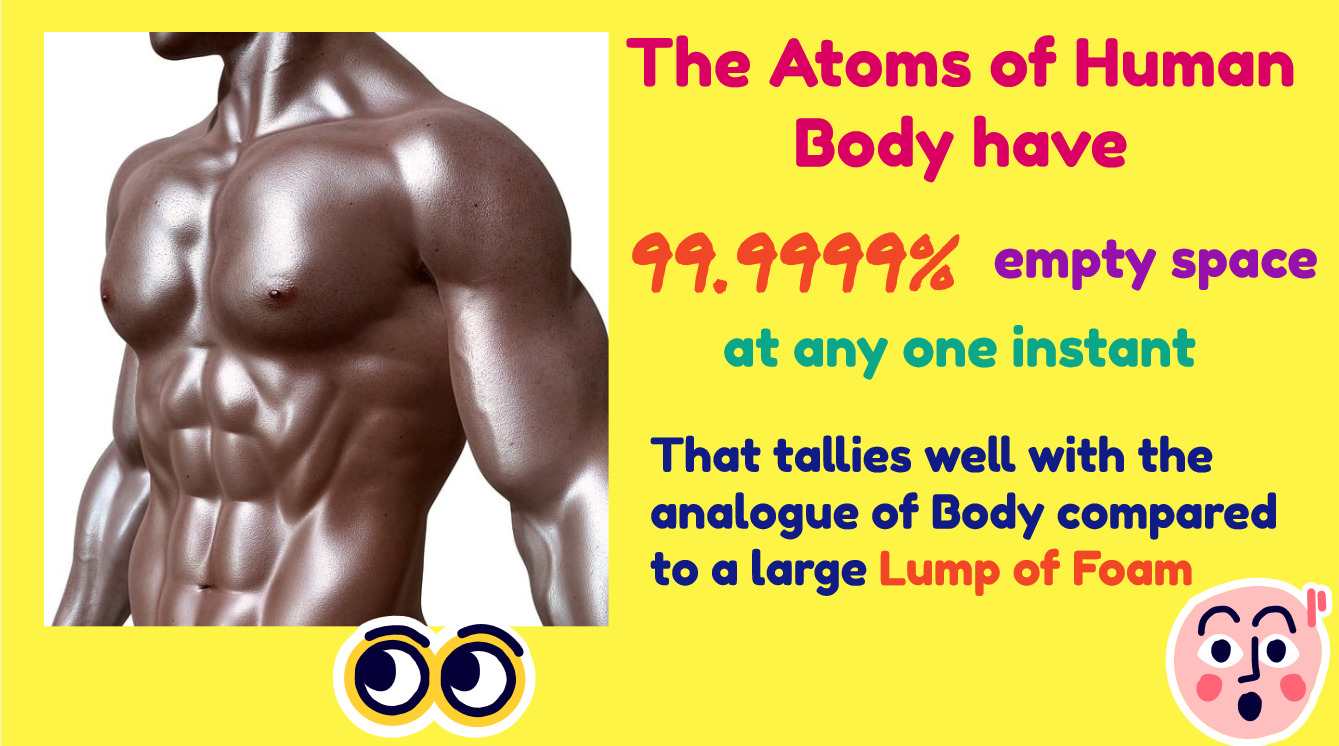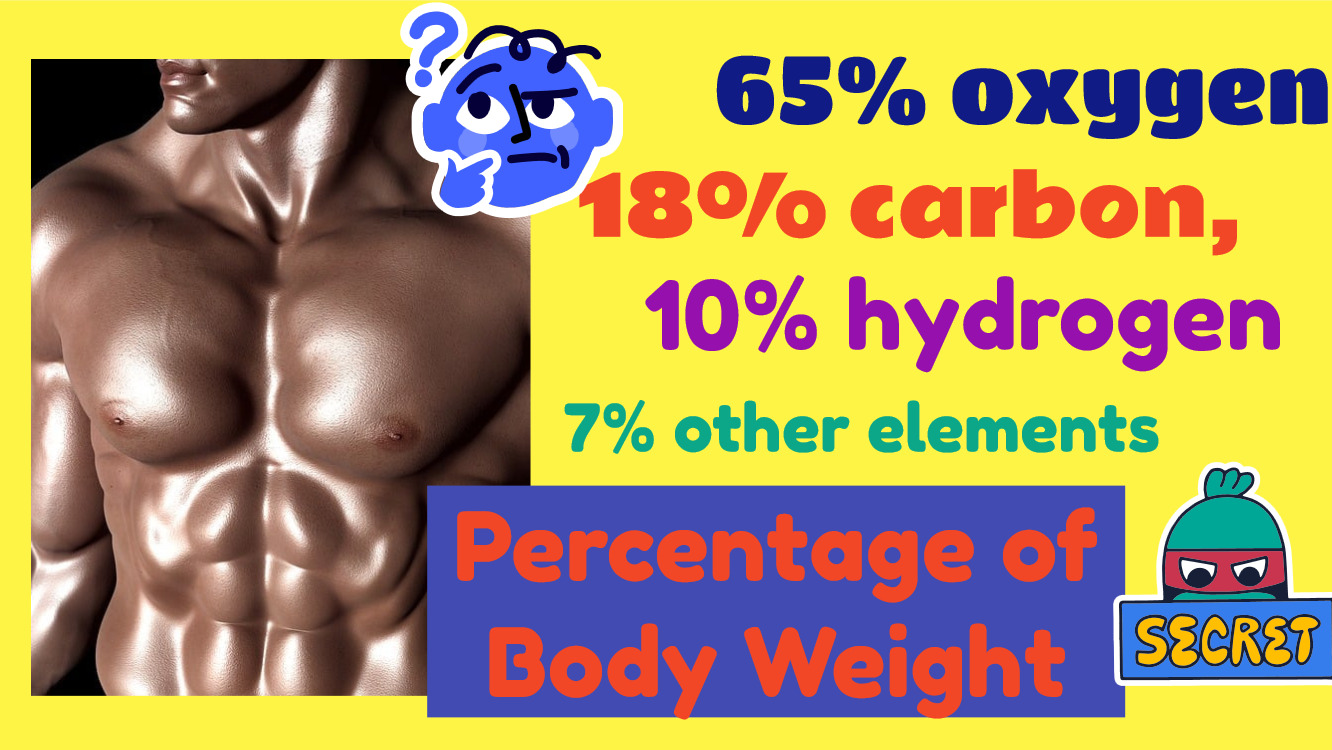-
Gautama Buddha's Simile of "Plantain tree" for Mental-formations
The five aggrigates
-
Gautama Buddha's Simile of "magical illusion" for Consciousness
The five aggrigates
through Modern Science
Buddhist analogy of the body as a "lump of foam"
The Buddhist analogy of the body as a "lump of foam" is meant to convey the transient, insubstantial, and ultimately illusory nature of our physical form. Just as a lump of foam appears solid and substantial on the surface, but is actually made up of tiny air pockets trapped within a watery matrix, our physical body is not the permanent, enduring entity that it may seem.
On one occasion, Buddha was dwelling in Ayojja, on the banks of the Ganges River. There, he addressed the community of bhikkus (monks) saying:
In this discourse, the Buddha employs a vivid simile to point the way for the bhikkus towards the realization of the true nature of form and the other aggregates. By directly perceiving their fleeting, impersonal, and insubstantial qualities, one can transcend the delusion of a fixed, autonomous self - the gateway to freedom from suffering.
Here's how we can unpack this analogy in more detail:
Impermanence:
Like a large lump of foam, our body is in a constant state of flux. The cells that make up our body are continuously being born, dying, and replacing themselves. The body we had as a child is vastly different from the one we have as an adult. It is never the same from one moment to the next.
Lack of inherent existence:
Just as a lump of foam has no independent, self-sustaining existence on its own, and is entirely dependent on the various elements that come together to form it, our body has no intrinsic, standalone reality. It is a temporary collection of various biological components - cells, tissues, organs, etc. - that arise and pass away in an interconnected web of causes and conditions.
Emptiness:
At the most fundamental level, a lump of foam is mostly empty space, with the actual solid material making up only a small fraction of its volume. Similarly, our body is largely composed of empty space at the atomic and subatomic levels. The seemingly solid and substantial form of the body is, in fact, mostly vacant space.
Interdependence:
A lump of foam cannot exist without the presence of air, water, and the various other elements that come together to create it. In the same way, our body is entirely dependent on and interconnected with the wider environment - the food we eat, the air we breathe, the external conditions that sustain it.
By contemplating the body as analogous to a lump of foam, we can start to see beyond the illusion of its solidity and permanence, and recognize the ephemeral, empty, and interdependent nature of our physical form. This understanding can then be extended to all phenomena, leading to a deeper realization of the non-dual, illusory nature of our perceived reality.















